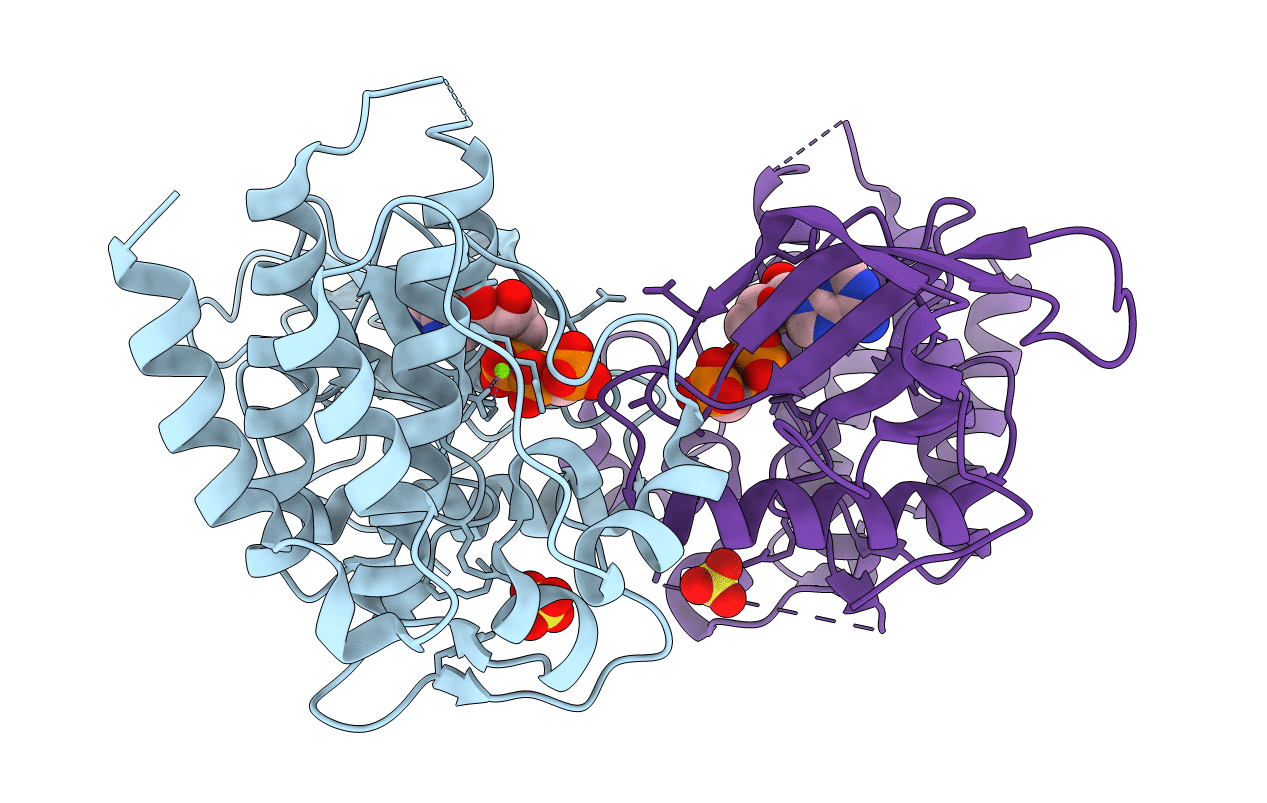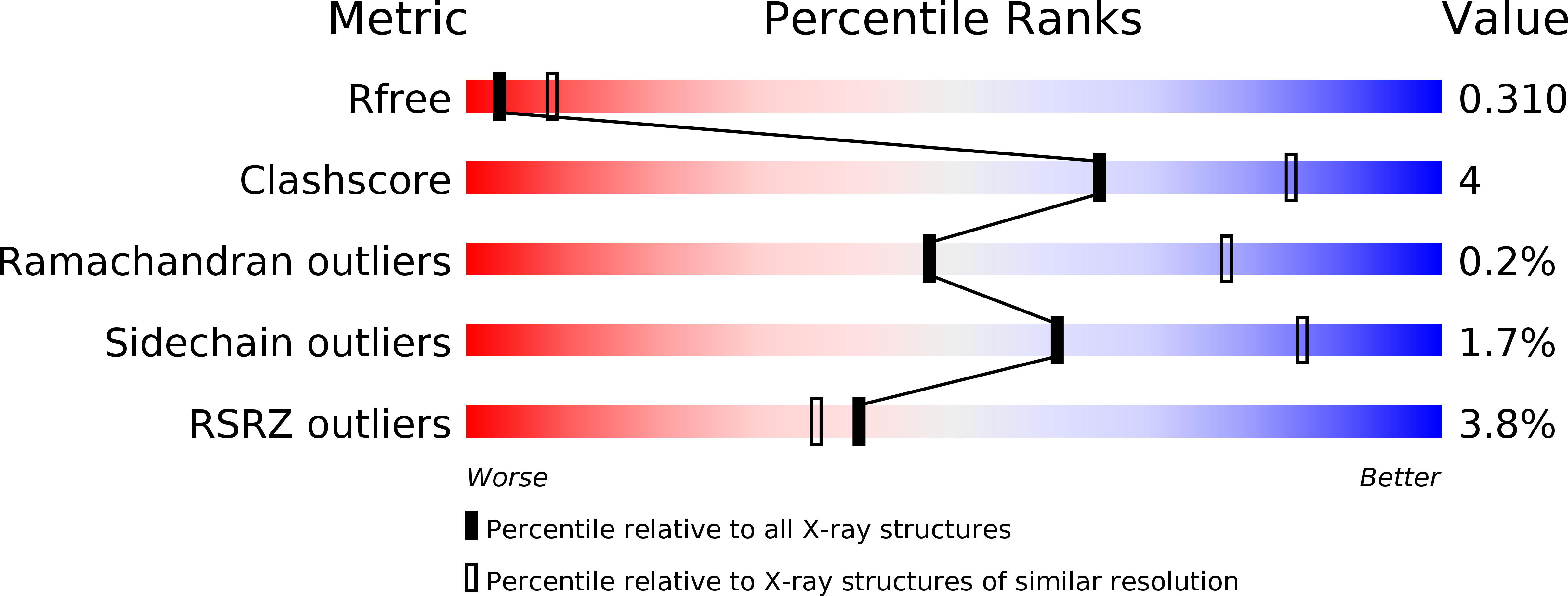
Deposition Date
2017-01-11
Release Date
2017-02-22
Last Version Date
2023-10-04
Entry Detail
PDB ID:
5UHN
Keywords:
Title:
Crystal Structure of the Tyrosine Kinase Domain of FGF Receptor 2 harboring a N549H/E565A Double Gain-of-Function Mutation
Biological Source:
Source Organism:
Homo sapiens (Taxon ID: 9606)
Host Organism:
Method Details:
Experimental Method:
Resolution:
2.91 Å
R-Value Free:
0.31
R-Value Work:
0.25
R-Value Observed:
0.25
Space Group:
P 21 21 21


